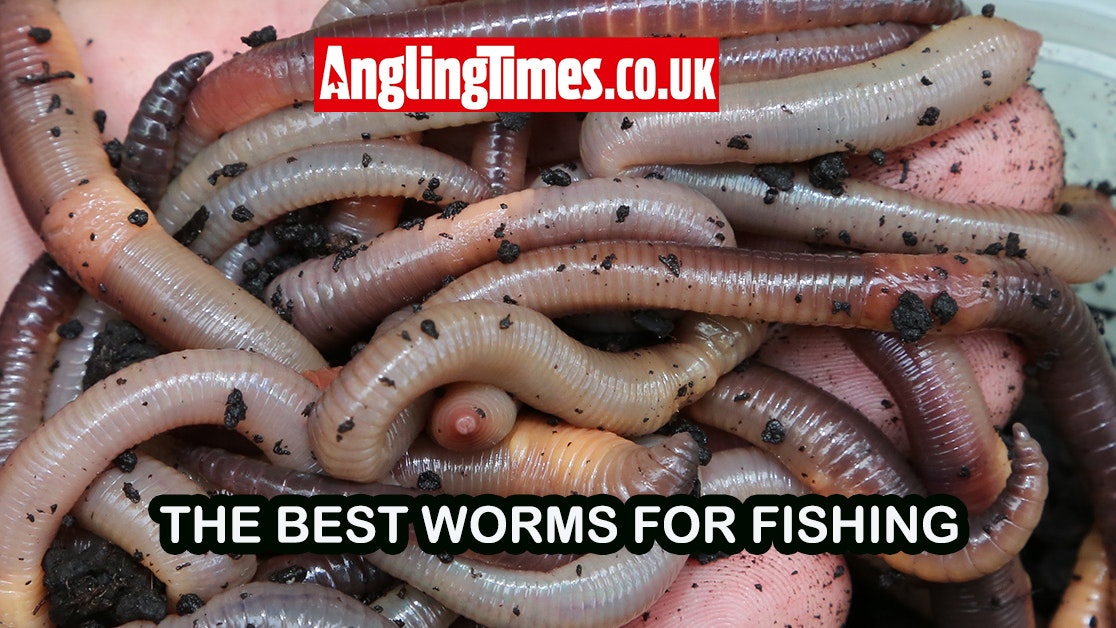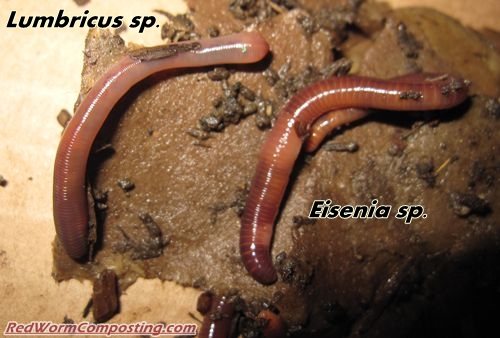Where To Find Red Wigglers Fundamentals Explained
The 9-Minute Rule for Where To Find Red Wigglers
Table of ContentsWhere To Find Red Wigglers Things To Know Before You BuyWhere To Find Red Wigglers Can Be Fun For AnyoneSome Known Details About Where To Find Red Wigglers About Where To Find Red WigglersThe 20-Second Trick For Where To Find Red WigglersThe 25-Second Trick For Where To Find Red Wigglers
For ideal results, you want to shoot for about 60-70% dampness degree. At the ideal dampness levels which is simply under 70% that handful ought to barely generate one drop of fluid.
The Indian Blue is starved, however also chooses a warmer climate and it additionally displays a propensity to get away the container. The red wiggler is a hardy worm and isn't as fussy concerning its climate. I such as to call it the Ford Taurus of vermicomposting worms; you will not boast to your hardcore composting pals that you own them, however they will certainly offer you well.
Like any various other lure, a worm's effectiveness has actually involved depend on its discussion. H.G. "Tap" Tapply emphasized this point nearly a half century ago in among his Field & Stream columns. "A worm is such a shapeless creature," he composed, "there doesn't seem to be significantly a fisherman can do with it other than jab it on a hook and toss it right into the water." But as Faucet demonstrated, an angler can do an excellent deal to make a worm more appealing.
Some Known Questions About Where To Find Red Wigglers.
I believe you will certainly as well if you try them. The smaller the trout stream, the far better worms work is an axiom that hasn't changed in the 100-plus years given that Perry created his article. Anglers of his period just stuck their rickety fishing pole with alder tangles and dropped a weighted worm into a deep opening.
Early morning is prime feeding time, and the lightweight bait's slow descent leaves 5 inches of agonizing protein completely sight for rather a while. After you've made the actors, maintain the bond open and put the rod in a forked stick. The line will diminish the pole in slow-moving loops as the worm resolves, however most of the time the slow loopholes will certainly come to be a blur, and the morning will instantly get rather fascinating.
I generally use a whole 'crawler, like marabou clothing, and drop the rod for two or three secs when I get a hit.
If it's there, established the hook with a move instead than a jerk. Once in a while you'll find yourself hooked to those sluggish, hearty tugs, and really feel the weight of a nice walleye.
What Does Where To Find Red Wigglers Do?
When the hefty walleyes move on to the big-water shoals in the late summertime, attempt pursuing them with a bucktail jig and a 1-inch pinch of nightcrawler. The lure covers the hook point, disperses weeds, and offers a taste of target. With absolutely nothing dangling or waving, it stays safe no matter of current, casts, or enthusiastic panfish.
Whether you're wading or angling from a watercraft, wandering worms is just one of the wonderful browsing methods for bigger rivers. For trout, a spade-dug, 4-inch garden worm is the right size; for bass, walleyes, and steelhead, a nightcrawler may be a better option. The secret is to drift the lure through feeding and holding areas due to the fact that fish in current are not mosting likely to go after down the lure, as they could in still water.
Fish the changes: mouths of tributaries, bank-side slicks, and the edges of huge swimming pools. His adage applies to any number of angling maneuvers, consisting of the issue of including a piece of worm to a wet fly.

The Facts About Where To Find Red Wigglers Revealed
Fill it with shredded newspaper, leaves, peat moss, and dirt. Moisten gently. Cover and let rest for a week. Add a couple of hundred worms and feed them 2 times a week. Keep the bed linen moist but not damp. On the menu: lettuce, fruit and vegetable waste, and the periodic nongreasy leftover.
Similar to veggie scraps, you can take your made use of coffee premises and include them to a worm box. Worms love eating coffee premises. With the right problems and damp, healthy and balanced soil, worms can reside in a pail of dirt for around 3 weeks. Store out of direct sunlight and keep at a temperature in between 50 and 80 degrees.
When the hefty walleyes proceed to the big-water shoals in the late summer season, attempt pursuing them with a bucktail jig and a 1-inch pinch of nightcrawler. The lure covers the hook point, disperses weeds, and offers a preference of target. With absolutely nothing dangling or flapping, it stays safe no matter existing, casts, or ambitious panfish.
The Buzz on Where To Find Red Wigglers
Whether you're wading company website or angling from a watercraft, wandering worms is one of the great looking strategies for bigger rivers. Where To Find Red Wigglers. For trout, a spade-dug, 4-inch garden worm is the appropriate dimension; for bass, walleyes, and steelhead, a nightcrawler might be a far better option. The key is to drift the bait via feeding and holding locations because fish in current are not going to More about the author chase after down the lure, as they could in still water
Fish the shifts: mouths of tributaries, bank-side slicks, and the edges of large pools. His motto uses to any number of angling maneuvers, consisting of the issue of adding a piece of worm to a damp fly.
Yet increasing your own bait means you can unclothe your house and hit the pond before Mother comes homejust like in the old days. Below's how to maintain a worm box: Cut a sheet of CDX-grade plywood, which is made with waterproof adhesives, to your dimensions. Accomplish with each other and pierce a dozen 12-inch holes in all-time low for drainage.
The Basic Principles Of Where To Find Red Wigglers
Load it with shredded paper, leaves, peat moss, and dirt. Moisten gently. find Cover and allow sit for a week. Include a few hundred worms and feed them two times a week. Maintain the bed linens wet but not wet. On the menu: lettuce, vegetables and fruit waste, and the periodic nongreasy surplus.
Just like veggie scraps, you can take your utilized coffee grounds and add them to a worm box. Worms like eating coffee premises.